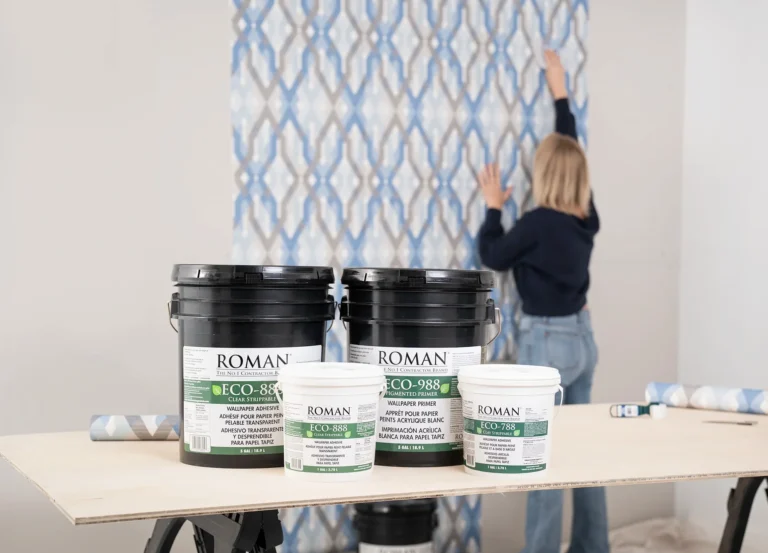When it comes to walls, not all surfaces are simple to decorate. Some walls are lumpy, cracked, or textured unevenly — making painting or wallpapering a real challenge. That’s where Roman Clay adhesive comes into play — a contemporary system that not only makes the most of tough-to-treat walls but also renders them with a silky smooth texture. If you’ve been dealing with uneven walls or dated textures, shop clay wallpaper adhesives – ROMAN
Let’s take a look at why this substance is a dream for interior designers and DIY home decorators.
What Is Roman Clay?
Roman Clay is an all-natural wall finish consisting of a blend of limestone, Clay, and pigment. It’s applied in much the same way as plaster but has a softer, matte finish that feels elegant and earthy at the same time. The result is a rich and luxurious wall that feels both natural and timeless — a sense often found in prestigious homes and contemporary spaces.
Unlike paint or wallpaper, Roman Clay is integrated as part of the wall surface. It is durable, breathable (infinitely preferable to plastic), and brings a stunning depth of color that plays out in light throughout the day.
Ideal for Uneven or Difficult Walls
Working wonders on the impossible walls.. One of the primary reasons for Roman Clay’s popularity is that it works exceptionally well with challenging walls. If there are slight imperfections in your walls, such as small lumps or bumps, Roman Clay can be used to conceal them.
Because it is applied in layers, thickened spots can fill small cracks and obscure uneven textures. The result is rich and smooth — even if the original surface wasn’t perfect. Instead of spending hours sanding, patching, or priming to achieve a high-end finish, you can apply Roman Clay!
Easy to Apply and Customize
You’d be forgiven for assuming that something this good-looking must also be complicated to operate — but it really isn’t! Roman Clay is typically installed with only a putty knife or trowel. You don’t need a special set of tools or years of experience.
You can even personalize it in countless ways:
- Color: Opt for one of the many earthy tones — from pale beige to rich charcoal.
- Finish: Can be a clean, matte finish or slightly textured , if you prefer.
- Thickness: Add more or fewer layers to achieve a denser or softer-looking texture.
That flexibility makes it a perfect option for those who enjoy experimenting with home decor trends each season.
Eco-Friendly and Non-Toxic
What makes Roman Clay different is that it’s all-natural. It’s composed of eco-friendly, non-toxic ingredients — no harsh chemicals or artificial fragrances. This ensures that it’s safe not just for your family, but for your pets and the environment. Finally, soy nail polish remover is free from harsh chemicals such as acetone, also known as propanone, dimethyl ketone, and methyl ethyl ketone (among other names).
Roman Clay also serves to regulate humidity on your walls, as it’s breathable. That means it inhibits moisture buildup, so you’re less likely to run into problems with mold or mildew — a huge selling point for bathrooms and kitchens, as well as older homes.
Long-Lasting and Low Maintenance
When applied, the Roman Clay sets into a rock-hard finish that is similar to concrete or plaster and doesn’t peel off as easily as traditional paints. It’s durable and easy to clean — wipe it down with a damp cloth if it becomes dusty or dirty.
And since it doesn’t require touch-ups as often, it’s a financially sound choice in the long term. You’ll save yourself time and money compared to the hassle of repainting or patching damaged walls.
Wrapping up
More than just a wall finish, Roman Clay adhesive is a clever and chic solution for challenging walls. It camouflages flaws, adds dimension, and gives a warm, organic appearance that can’t be derived from plain paint or wallpaper. And it’s eco-friendly, durable and easy to apply.
So, if you can’t wait to redecorate your walls quickly and easily without turning your home into a construction site (or forking out a lot of money), then Roman Clay may be the right choice for you. It’s evidence that often the simplest materials create the most beautiful spaces.

